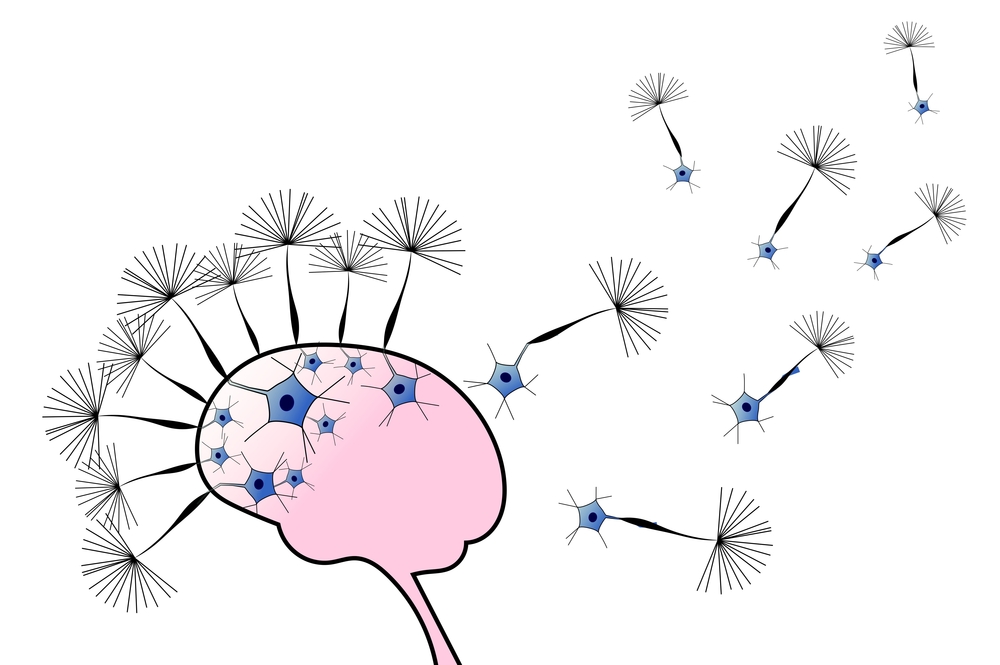Molecular Mechanism in Stem Cells May Help Delay Onset of Aging-Related Diseases

Researchers have identified a molecular mechanism in stem cells that may delay the onset of aging-related diseases associated with the production of abnormal proteins, according to a study published in the journal Nature Communications. This finding may help design new therapeutic tools to treat diseases characterized by poorly regulated protein production, such as Huntington’s disease.
In the study, “Somatic Increase Of CCT8 Mimics Proteostasis Of Human Pluripotent Stem Cells And Extends C. Elegant Lifespan,” researchers identify a molecular mechanism in stem cells that allows them to replicate indefinitely and survive while maintaining proper protein production. The research shows this mechanism can be activated in other cells and increase their lifespan.
Stem cells are immature cells that can become any type of cell in the body, provided they have the proper environment for each type. But, while in the immature phase, they can divide countless times and, therefore, maintain their “immortality.” One important factor for this ability is to make sure the mechanisms for protein production remain intact and work properly, as abnormal proteins can disturb the cell’s activity and trigger negative consequences that may lead to cell death.
Cells have a group of proteins, called chaperones, whose role is to ensure that newly produced proteins assume their correct final shape. However, as cells grow old, the capacity to maintain the quality of protein production declines, but not in stem cells.
Researchers wanted to know how stem cells can survive for so long without losing their ability to produce normal proteins, as this information could help improve symptoms of diseases that result from the production of aberrant proteins, such as Huntington’s disease, Alzheimer’s or Parkinson’s.
David Vilchez, PhD, and his team found that in stem cells such ability is maintained by a group of chaperones that regulate the quality of newly produced proteins.
“There is one chaperone system, the TRiC/CCT-complex, that is responsible for folding about 10% of all the cellular proteins,” Vilchez said in a press release. “By studying how pluripotent stem cells maintain the quality of their proteome, we found that this complex is regulated by the subunit CCT8,” he said.
Using human stem cells, the team found that by regulating the levels of CCT8 it was possible to increase the activation of the TRiC/CCT complex. Also, increased TRiC/CCT complex prevented aggregation of mutant Huntingtin protein, the culprit leading to Huntington’s Disease.
Moreover, promoting the activity of the TRiC/CCT complex led to an increase in the lifespan of the worm C. elegans and delayed the development of diseases associated with aging.
These results support the idea that the mechanisms by which stem cells guarantee their protein production is normal, also may work in animals, and that regulating one single component, the CCT8 subunit, is enough to increase the cells’ capacity to produce normal proteins and thereby live longer.
“It is very interesting that expressing this single subunit is enough to enhance protein quality and extend longevity, even in older animals,” said Amirabbas Khodakarami, PhD, one of the study’s first authors.
“One of our next steps will be to test our findings in mice,” said Vilchez. “We hope to make further progress in understanding aging diseases and to get closer to finding therapies against diseases like Huntington’s or Alzheimer’s. CCT8 could be a candidate to correct deficiencies in age-related diseases associated with protein dysfunctions,” he said.






